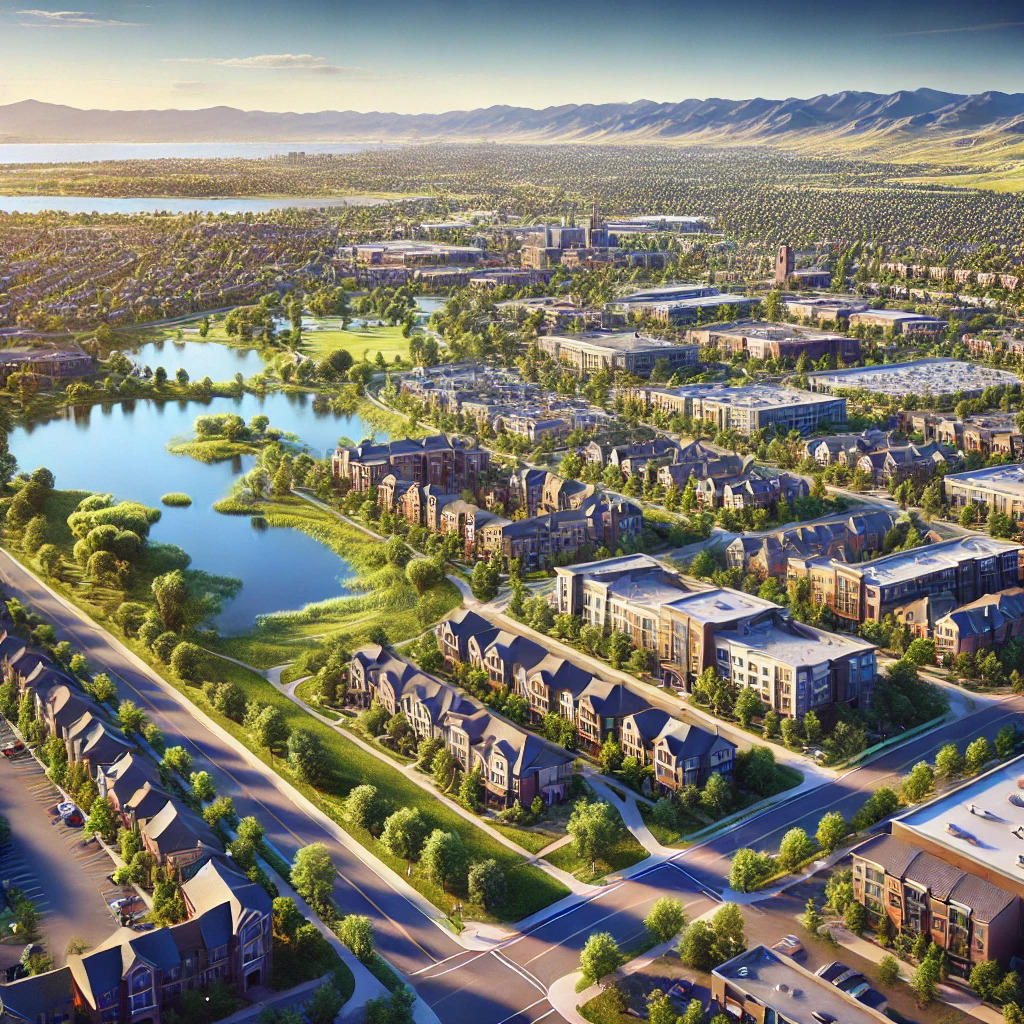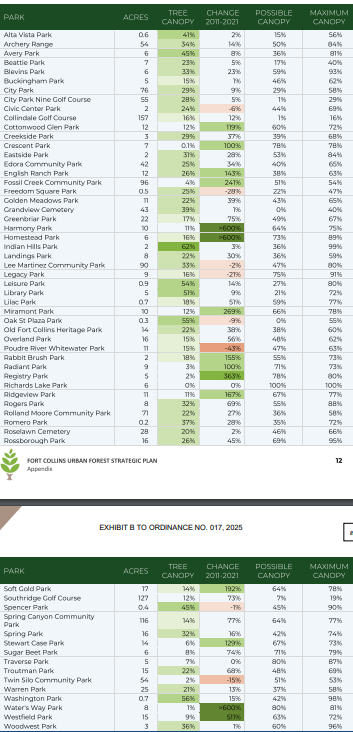Fort Collins is known for its beautiful blend of urban planning and green spaces. Whether you’re a resident, a potential homebuyer, or simply someone interested in how land is used within the city, understanding the breakdown of zoning districts and open spaces can provide valuable insight into how Fort Collins is structured and developed.
The Breakdown of Zoning Districts
Zoning plays a crucial role in shaping the city’s development, guiding where businesses, homes, parks, and industrial areas can be established. Here’s a look at how Fort Collins’ land is divided:
- Total Acreage of Fort Collins GMA: The Fort Collins Growth Management Area (GMA) spans approximately 37,000 acres, which includes all zoning categories within the city limits and designated expansion areas.
- Commercial Zones (2,958 Acres): These areas include key districts such as Downtown, General Commercial, and various neighborhood commercial sectors. The largest portion of commercial land falls under the Downtown District, with 622 acres dedicated to business and economic activity.
- Industrial Zones (1,478 Acres): These areas are essential for local businesses that require warehouse and operational facilities.
- Institutional Zones (762 Acres): CSU itself covers a substantial amount of land and serves as a cornerstone of Fort Collins’ economy and culture.
- Mixed-Use and Residential Districts (25,009 Acres Total): Fort Collins has a well-balanced mix of low, medium, and high-density residential areas. The largest segment is dedicated to Low-Density Residential (8,466 acres), which consists mainly of single-family homes and quieter neighborhoods. Mixed-use zones incorporate commercial and residential elements, providing walkable communities that blend urban living with retail and office space.
- Open Space and Parks (7,248 Acres): These spaces are a defining feature of Fort Collins, ensuring that natural beauty and recreational areas remain integral to city life.

Parks and Open Spaces: A Commitment to Green Living
Fort Collins takes pride in its extensive network of parks and open spaces.
- City Parks (966 Acres): Fort Collins currently maintains over 966 acres of developed parks, including:
- 7 community parks
- 43 neighborhood and pocket parks
Some Notable Parks:
- City Park: Established in 1912, this landmark park features expansive grass areas, soccer fields, a playground, ball fields, tennis courts, and horseshoe courts.
- Fossil Creek Park: Opened in 2003, this park includes a unique prehistoric mammoth replica, modern playground, skate park, and fishing pond.
- Spring Canyon Community Park: This 100-acre park offers an ADA-accessible play area, splash pad, skate park, dog park, and various sports facilities.
- Lee Martinez Community Park: Spanning nearly 90 acres, this park features sports fields, courts, a playground, and a year-round petting zoo called The Farm.
- Twin Silo Park: A 54-acre park with a farming-themed playground, zipline, pickleball courts, dog park, and community garden.

What This Means for Fort Collins Residents
The thoughtful balance between commercial, industrial, residential, and open spaces makes Fort Collins a desirable place to live and work. Whether you’re looking to invest in property, relocate your business, or simply explore new parks, understanding the city’s land use can help you navigate your options more effectively.
The city’s commitment to green spaces ensures that residents can enjoy a high quality of life with easy access to nature. While zoning regulations might not be at the forefront of daily conversations, they shape everything from where businesses are located to how neighborhoods are designed and how much recreational space is available.

